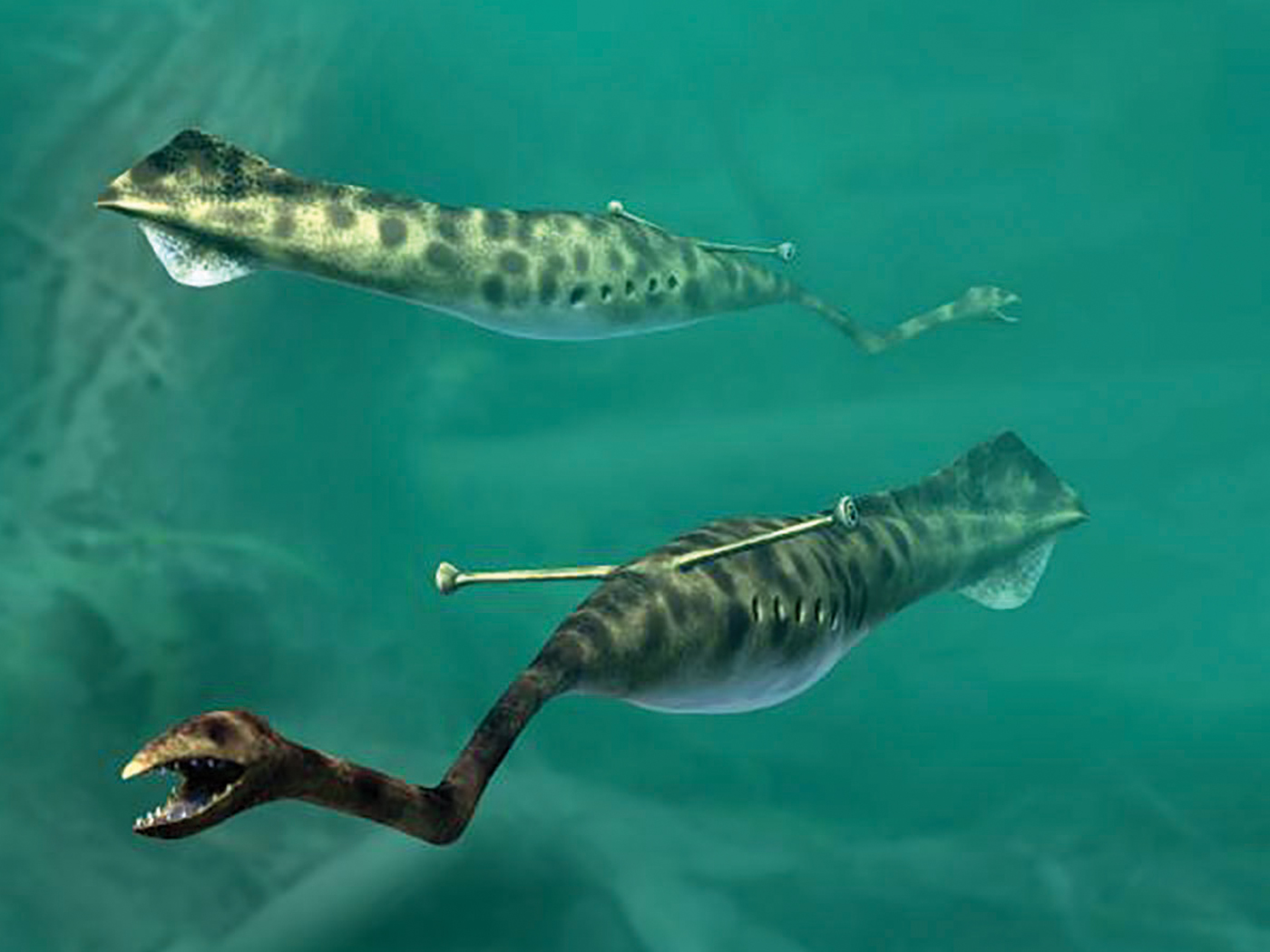“The last of the dinosaurs died out 65 million years ago,”1 according to an unsupported claim by evolutionary researchers that has been popularized in books and movies such as Jurassic Park. This conclusion is so ubiquitous that most people don’t even question whether or not it’s true. But researcher James Fassett has discovered considerable evidence that may finally convince ardent believers to re-evaluate this assumption.
Fassett found hadrosaur fossils in the Ojo Alamo Sandstone of the western United States, and they appear to have come from dinosaurs that were alive during the era when the sandstone was deposited.2 The “problem” is that this sedimentary layer and the fossils it contains have independently been shown to be Paleocene rocks that supposedly range from 65 to 55 million years in age, just younger than the Cretaceous layers that are usually considered to be the resting place for earth’s last dinosaurs.
In his studies, Fassett took great pains to rule out all possibilities other than that his dinosaurs were alive after the time when current scholarship claims “the last…died out.” For example, he tested the concentrations of rare earth metals surrounding the rock, the fossils, and the lower Cretaceous deposits. The same combination of metals exists in the hadrosaur bones and in the Paleocene layers in which they were found, but Cretaceous rocks in the area had clear differences. This helped answer the objection that these hadrosaurs were originally deposited in Cretaceous rocks, then “reworked” into Paleocene sediments eons later. In addition, 43 skeletal elements were found together from one individual. If reworking was involved, then the fragments would have been scattered.
According to the creation model, the majority of fossils resulted from creatures killed during the global Flood described in Genesis. Many dinosaur remains are found in giant fossil assemblages where dinosaur-rich ecological zones of the pre-Flood era were inundated, and the debris sorted, transported, and deposited in a giant, broad depression.3 Creation science models, which take into consideration possible effects of the worldwide catastrophe recorded in Scripture, predict that some dinosaur remains would be found in non-Cretaceous rocks.
With Fassett’s research on Paleocene dinosaurs, honest evolutionists will have to change their mantra to “Most dinosaurs died out 65 million years ago.” However, if they consider all of the relevant data, they would need to change it even further to “Most dinosaurs died out only a few thousand years ago.” But then they would be in agreement with the Bible.
References
- Wilford, J. N. Tissue Find Offers New Look Into Dinosaurs’ Lives. The New York Times. Posted on nytimes.com March 24, 2005, accessed April 30, 2009.
- Fassett, J. E. 2009. New Geochronolgic and Stratigraphic Evidence Confirms the Paleocene Age of the Dinosaur-Bearing Ojo Alamo Sandstone and Animas Formation in the San Juan Basin, New Mexico and Colorado. Palaeontologia Electronica. 12 (1): 3A.
- Parker, G. 2006. Creation: Facts of Life. Green Forest, AK: Master Books, 196-198.
* Mr. Thomas is Science Writer at the Institute for Creation Research.
Article posted on May 11, 2009.







